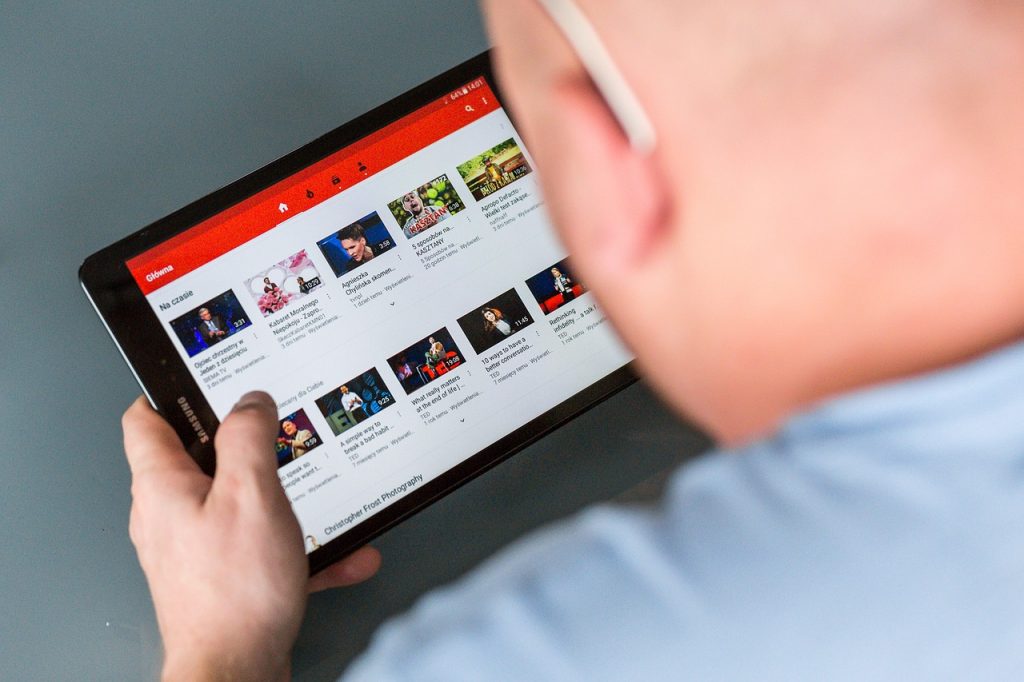It’s no surprise that YouTube has been a major topic when it comes to controversies and objectionable content. Now it appears that the executives at Google and YouTube were more interested in the engagement rather than mitigating risks that generate because of the offensive content. According to a report published by Bloomberg, The executives at YouTube, including Susan Wojcicki ignored the warning signs that ultimately led to toxic video recommendations on the video-sharing website.
For the past couple of years, the employees at Google and YouTube have raised their opinion against the rise of noxious videos on the platform and informed the management about this. They also cited as to how it can spread and have serious effects as well. According to the report, employees wanted to flag offensive content and some even wanted to track the source of videos.
But the top brass at YouTube and Google had different plans. The employees always got the same response — don’t do anything about it.

The report states that YouTube wasn’t interested in taking down these toxic videos because apparently, engagement is king. The video streaming giant didn’t want to let go of this opportunity to mint the polarising benefit that generates huge traffic and interest. The more the people watch such videos the more engaging they are on the platform that finally leads to more ads and revenue for the firm. In fact, an employee was quoted that Wojcicki would “never put her fingers on the scale”
YouTube’s Defence
YouTube spokesperson has denied all charges and has released a statement in support of the executives’ decisions. Apparently, according to YouTube, the video streaming giant has continuously been working against toxic videos and stands by for making the platform free from such activities.
An interesting detail that emerges from the story is that YouTube was mulling over an idea to pay its creators in a different manner. Right now the creators are paid if they monetise their videos with ads. However, the YouTube executives were planning to pool in all the revenue from all the creators. And redistribute the ad revenue to all the creators at YouTube even if they had not opted for monetizing. But the idea was shot down by Sundar Pichai. He thought that this will lead to further complicating the ‘filter bubble’ problem. Bloomberg report cites that such a move would have benefitted the bad content creators as well including the ones who post polarising and toxic videos.
No one knows as to how much YouTube has really changed from its previous version of recommending objectionable content. But certainly, some additions have been made such as adding the ‘fact check’ feature for videos that deal with controversial topics. Also, the company has become more serious about the videos that receive recommendations. If they aren’t following the rules, they won’t show up in the suggested video playlist.

